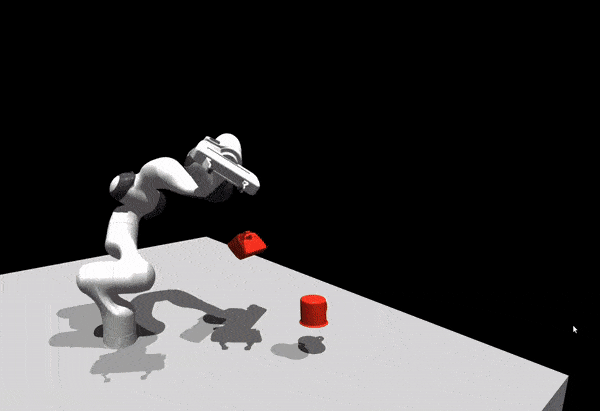Model Predictive Control for Fluid Human-to-Robot Handovers

Human-robot handover is a fundamental yet challenging task in human-robot interaction and collaboration. Recently, remarkable progressions have been made in human-to-robot handovers of unknown objects by using learning-based grasp generators. However, how to responsively generate smooth motions to take an object from a human is still an open question. Specifically, planning motions that take human comfort into account is not a part of the human-robot handover process in most prior works. In this paper, we propose to generate smooth motions via an efficient model-predictive control (MPC) framework that integrates perception and complex domain-specific constraints into the optimization problem. We introduce a learning-based grasp reachability model to select candidate grasps which maximize the robot’s manipulability, giving it more freedom to satisfy these constraints. Finally, we integrate a neural net force/torque classifier that detects contact events from noisy data. We conducted human-to-robot handover experiments on a diverse set of objects with several users (N=4) and performed a systematic evaluation of each module. The study shows that the users preferred our MPC approach over the baseline system by a large margin.
